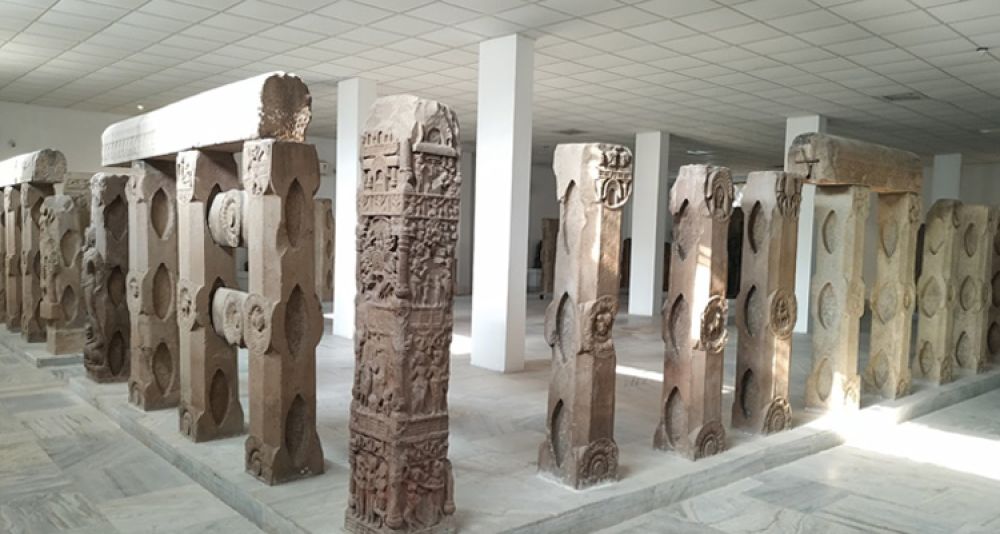

The Archaeological Museum in Bodh Gaya, Bihar, India, is a treasure trove of historical and religious artifacts that are crucial to understanding the region's deep-seated Buddhist traditions. Located close to the Mahabodhi Temple, a UNESCO World Heritage Site, this museum attracts history buffs, spiritual seekers, and tourists from all over the world.
The Archaeological Museum at Bodh Gaya was established in the year 1956. Its primary aim was to house and showcase the antiquities discovered in and around Bodh Gaya, which is one of the most important pilgrimage sites for Buddhists. The artifacts collected here predominantly belong to the period between the 1st century BC and the 11th century AD. These collections provide insights into the ancient culture and the spread of Buddhism in the region.
The museum's inventory boasts a plethora of Buddhist sculptures, terracotta items, miniature stupas (pagodas), and stone sculptures that depict the life and teachings of the Buddha. Perhaps the most famous exhibit is the original Ashokan Pillar, which Emperor Ashoka erected in 250 BC to mark his visit to the holy site.
Bodh Gaya, itself, is deeply woven into the fabric of Buddhist history as the place where Siddhartha Gautama attained enlightenment and became the Buddha. Each year, it receives a vast influx of tourists and pilgrims from all corners of the globe. The museum enriches the experience of these visitors by providing a historical and cultural context for Bodh Gaya's significance.
The museum is open to the public throughout the week, except for Fridays. For those interested in delving deeper into the Buddhist faith or understanding the influence of Buddhism on local art and culture, a visit to the Archaeological Museum at Bodh Gaya is highly recommended.
In recent years, there has been a growth in the trend of spiritual and educational tourism in Bodh Gaya. Visitors are increasingly seeking authentic experiences that connect them to the historical roots and spiritual essence of this sacred site. Museums like the Archaeological Museum serve as significant touchpoints for these immersive experiences.
The museum has adapted to modern tourism demands by incorporating bilingual descriptions for its exhibits, catering to an international audience. In addition, the management has embraced the use of digital technology for preservation purposes and to enhance visitor engagement.
The convergence of spirituality, history, and cultural exploration at the Archaeological Museum Bodh Gaya makes it a seminal spot for tourists in Bihar. It is not just a destination but a journey through time, encapsulating the enduring legacy of one of the world's oldest religions.
When planning your visit, it is advisable to check the latest timings and any special guidelines that may be in place due to local circumstances or preservation efforts. Respecting the site's sanctity is paramount, and tourists are encouraged to maintain decorum inside the museum.
Bodh Gaya's deep-rooted history as a centre of Buddhism and its continued relevance as a site of international pilgrimage underscore the importance of destinations like the Archaeological Museum. This institution does not merely preserve relics of the past; it offers a window into the spiritual heart of Buddhism.